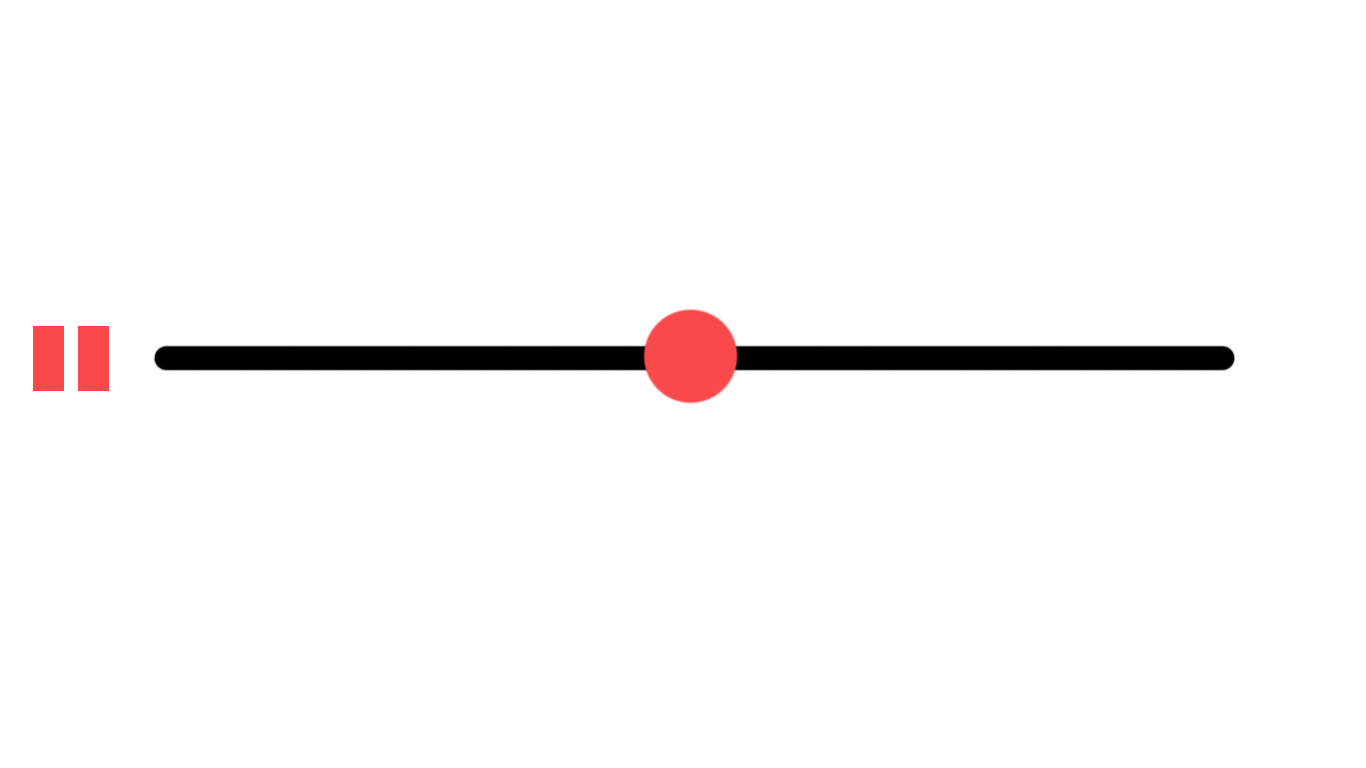


Phantoms include all the anatomical districts of interest to simulate a specific surgical procedure. For each structure, the mechanical response of 3D printed materials is studied to be as much as possible in line with the real tissue.
They can be employed in a clinical context to test a surgical procedure on patient-specific anatomy or to teach the steps of an intervention to novice surgeons, to let them learn the procedure in a safe and realistic context.
With this phantom we wanted to create a useful device for practicing the procedure of the pericardium and the insertion of aspiration of the liquid.
The device has the anatomy of the pericardium and of the human being, the pericardium and the epicardium are filled with liquids of different colors in order to signal during the aspiration procedure if the maneuver was correct or wrong. the model recreates the mechanical characteristics of the human body and its tissue its goal is to give the opportunity to practice a risky procedure without risk of damage.
Our aim with this phantom is to recreate the PICC procedure with a pediatric arm.
Phantom include all the anatomical districts of interest to simulate a specific surgical procedure.
For each structure, the mechanical response of 3D printed materials is studied to be as much as possible in line with the real tissue.
They can be employed in a clinical context to test a surgical procedure on patient-specific anatomy or to teach the steps of an intervention to novice surgeons, to let them learn the procedure in a safe and realistic context.


